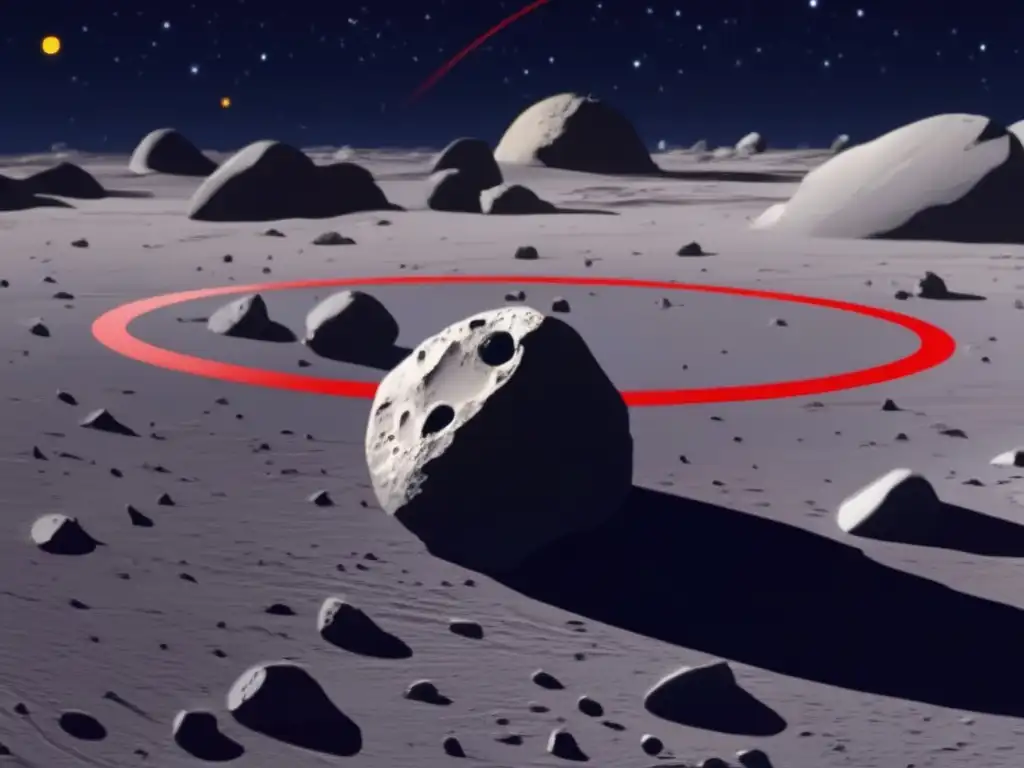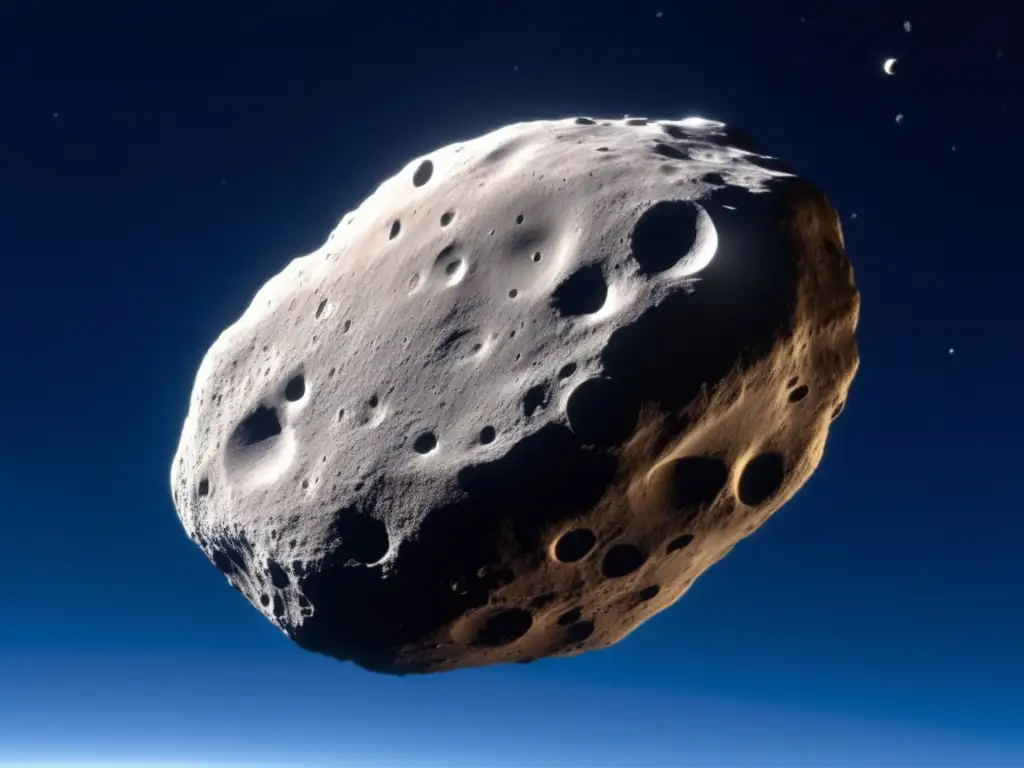The Discovery And Study Of Near-Earth Asteroid 2006 RH120

Introduction
Near-Earth asteroids (NEAs) are celestial bodies whose orbits come close to Earth's orbit, and the study of these asteroids has significantly increased in recent years because they could potentially pose a threat to our planet. One such asteroid is 2006 RH120, which was discovered over a decade ago but continues to fascinate astronomers. In this article, we'll dive into the discovery and study of 2006 RH120 and its unique properties.
The Discovery of 2006 RH120

Discovery Subsection
2006 RH120 was first discovered on September 14, 2006, by the Catalina Sky Survey (CSS), a project focused on discovering and characterizing near-Earth objects. The asteroid was initially classified as a temporary moon of Earth because it orbited our planet from September 2006 to June 2007 before drifting away into space. This marked the second instance of a temporary moon of Earth being observed, with the first being in 2002, when J002E3 was captured and later ejected by Earth's gravity.
Physical Characteristics Subsection
2006 RH120 is a small asteroid, with a diameter estimated to be about 6 – 9 meters. It has a low albedo, which means that it reflects only a small portion of the light that falls on it. Its surface features suggest that it might be an S-type asteroid, composed primarily of silicon, oxygen, and metallic elements. However, its composition is still under investigation since it's difficult to get samples from such small and fast-moving objects.
Impact Possibility Subsection
Despite its small size, 2006 RH120's orbit came within just 79,000 km of Earth's surface at its closest approach. This proximity raised concerns that it could potentially collide with our planet. However, the asteroid's orbit has been very well studied over the years, and scientists have determined that there is no chance of an impact happening in the foreseeable future.
The Study of 2006 RH120

Observations Subsection
Due to its close approach, 2006 RH120 is a unique NEA candidate for scientific study. The asteroid's path through space has been studied extensively, which has helped us better understand the dynamics of asteroids and their interactions with Earth. Additionally, by observing the asteroid's reflected light, scientists have been able to learn more about its surface properties, such as its color and composition. Observations have been made using various telescopes and other instruments located all over the world.
Planetary Defense Subsection
NEAs like 2006 RH120 present a potential threat to Earth so studying these objects is important for planetary defense purposes. Scientists have developed various methods to mitigate the risk posed by NEAs, including deflection and disruption techniques. Studying the orbital mechanics of asteroids like 2006 RH120 can provide valuable insights into how to best protect our planet from future impacts.
Missions Subsection
So far, no missions have been specifically launched to study 2006 RH120. However, various missions have been carried out to study similar NEOs, and their findings have helped shed light on the properties and behaviors of asteroids in general. Some notable missions that have studied NEAs include NASA's OSIRIS-REx and JAXA's Hayabusa2 missions, which both collected samples from asteroids.
Frequently Asked Questions

-
Q: Could 2006 RH120 collide with Earth?
A: There is no chance of an impact happening in the foreseeable future.
-
Q: What is 2006 RH120's diameter?
A: The asteroid's diameter is estimated to be about 6 – 9 meters.
-
Q: Which project discovered 2006 RH120?
A: The Catalina Sky Survey discovered 2006 RH120 on September 14, 2006.
-
Q: Has any mission been launched to specifically study 2006 RH120?
A: No, but various missions have been carried out to study similar NEAs.
-
Q: Why is it important to study NEAs?
A: NEAs like 2006 RH120 present a potential threat to Earth, so studying these objects is important for planetary defense purposes.
Conclusion
2006 RH120 is a remarkable asteroid that has captured the attention of astronomers since its discovery. Its orbit around Earth, albeit temporary, provided a unique opportunity to study a small NEA up close. Observations made of 2006 RH120 have helped scientists better understand NEAs and their properties. However, there is still much to learn about these celestial bodies, and future missions and observations will undoubtedly yield exciting new discoveries.
If you enjoyed this article, please consider sharing it on social media or subscribing to Asteroid Realm for more interesting content.
Additional Resources

For more information on asteroids and NEAs, check out the following resources:
 Finding Hilda: The Story Of The Hilda Asteroids
Finding Hilda: The Story Of The Hilda Asteroids 2010 TK7: The First Discovered Earth's Trojan Asteroid
2010 TK7: The First Discovered Earth's Trojan Asteroid The Forgotten Asteroid: The Tale Of 719 Albert
The Forgotten Asteroid: The Tale Of 719 AlbertIf you want to discover more articles similar to The Discovery And Study Of Near-Earth Asteroid 2006 RH120, you can visit the Asteroid Discoveries category.
Leave a Reply

Articulos relacionados: